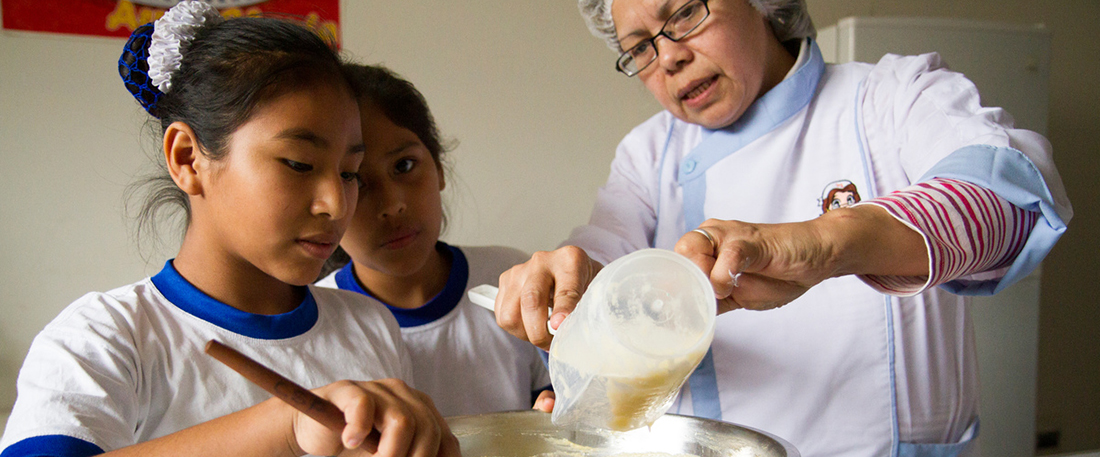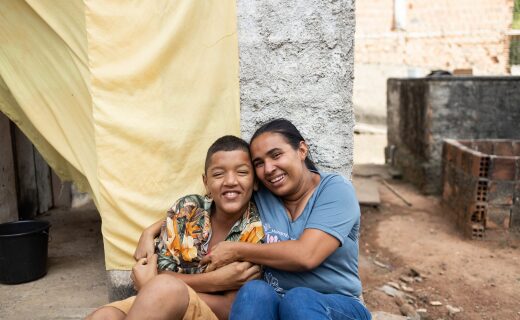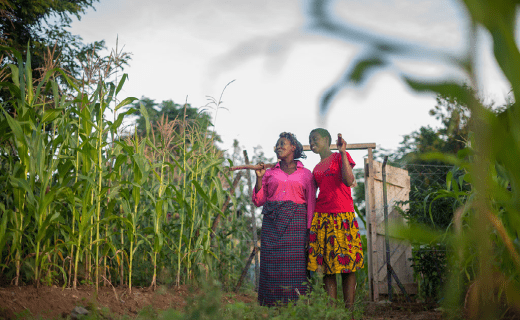Peru
Capital City: Lima
Population: 30.44 million
Life expectancy: male 71.45 years, female 75.6 years
Population with improved drinking water: urban 91.4%, rural 69.2%
Adult literacy rate: male 97.3%, female 91.7%
Infant mortality rate: 19.59/1,000
Under 5 mortality rate: 17/1,000
Religion: Roman Catholic 81.3%, Evangelical 12.5%, other 3.3%, none 2.9% (2007 est.)
Percentage living on less than $1.90 a day: 3.70%
A little bit of history
Ancient Peru was home to several prominent Andean civilizations, most notably that of the Incas whose empire was captured by Spanish in 1533. Peruvian independence was declared in 1821 and remaining Spanish forces were defeated in 1824. After a dozen years of military rule, Peru returned to democratic leadership in 1980, but experienced economic problems and the growth of a violent insurgency. From 1980, two violent Maoist terrorist movements brought Peru to its knees in 15 years of guerrilla warfare. More than 30,000 people died in the conflict.
How the country makes a living
The successive governments in Peru have been unable to address the problems of economic and social inequality. A small elite continues to control most of the wealth and power, while much of the indigenous population lives below the poverty line. A wide range of important mineral resources is found in the mountainous and coastal areas, and Peru's coastal waters support its fishing industry. Peru is the world's second largest producer of silver and third largest producer of copper, but poor infrastructure hinders the spread of growth throughout the country.
Challenges faced by children
Children are most vulnerable to the effects of poverty. Of the 10.2 million children under the age of 18 in Peru, more than 6.5 million live below the poverty line. Poverty and war have led many children to be abused and exploited and the number of street children is on the increase.
Rural communities remain extremely disadvantaged with vastly inadequate health and education facilities. It’s very common for many children to start work at an early age to help support their families.
Compassion in Peru
Our 250 church partners are currently bringing hope to 69,800 Peruvian children born into poverty.
What sponsored children learn in peru
Project days in Peru are generally held on Saturdays. Sponsored children will also attend for a couple of hours after school during the week. During a typical project day, sponsored children will learn topics such as ...
- 8.00am Breakfast and devotion time. Upon arrival, children are given tea served with snacks, possibly an egg, bread or buns.
- 9.00am Spiritual lessons. Children sing songs and learn Bible stories. Immediately after they join the project, children are given a scripture portion. After learning to read and write (between 6-9 years old), children are given picture Bibles. Primary school children (10-13 years old) are given youth Bibles. Secondary and college students receive adult Bibles (14 and above).
- 10.30am Break time. Children can play in a safe environment and develop friendships.
- 11.00am Social lessons. From conflict resolution to developing healthy self-esteem and a Godly character, children who often come from challenging home environments are taught social and personal skills.
- 12.00pm Lunch and social time. Children eat a meal at the project at least three times a week. A typical meal consists of a dish of vegetable salad, a second dish of meat stew with beans and rice, a fruit plus a refreshment. Project cooks are frequently trained to prepare nutritious meals.
- 13.00pm Health lessons. Children are taught practical health and hygiene tips. Example topics include how to prevent malaria, HIV, and the prevention, recognition and response to child abuse.
- 14.00pm Letter writing and career planning. Older children work with project staff to identify their strengths and interests, setting realistic goals for their future.
Additional activities offered by projects in Peru:
- In Peru, each month children do one extra curriculum activity, such as camping, or a visit to a museum or cultural show.
- Teenagers have the opportunity to learn a vocational skill such as silk screening, jewellery-making, baking and buffet preparation.
- There are also monthly meetings to help equip parents.





